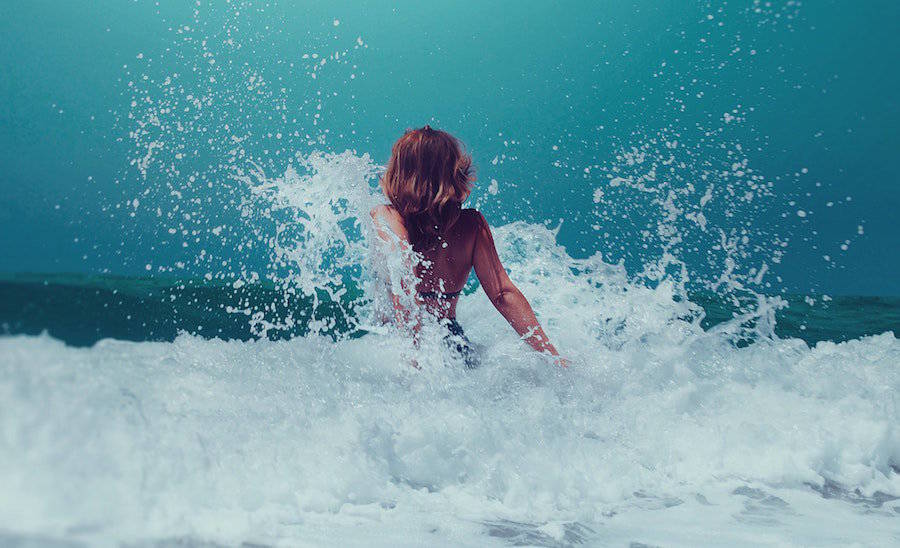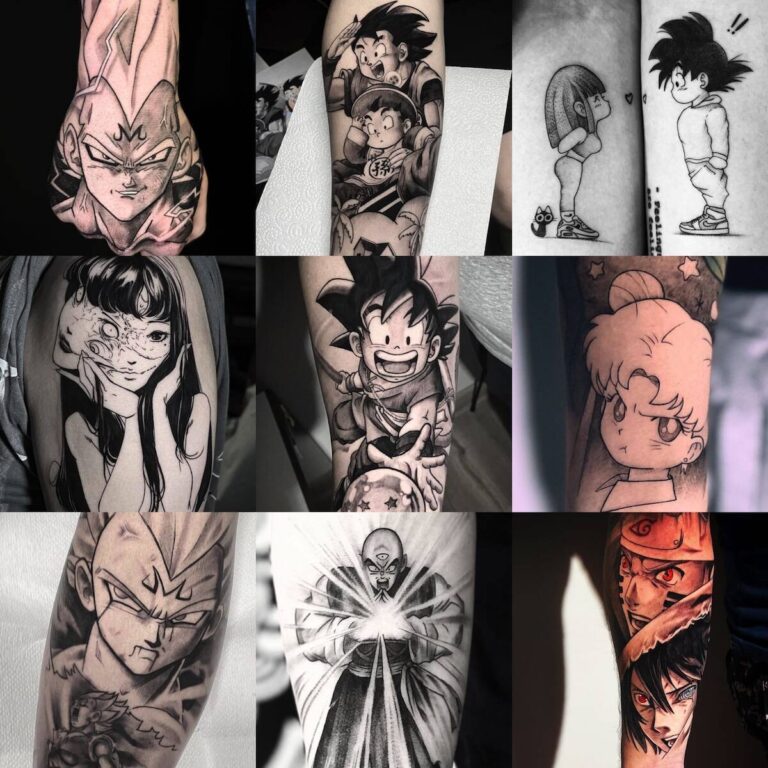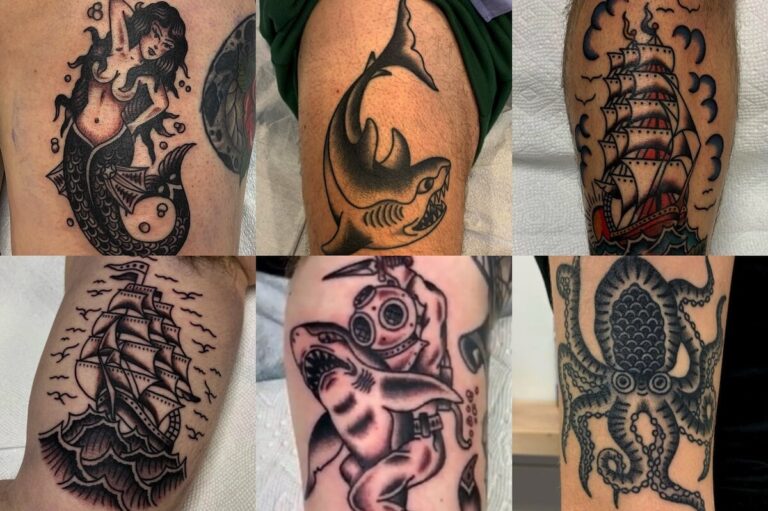
We answered the public’s question about whether or not you can go in the ocean after getting a fresh tattoo, but as a full service body-mod studio, it’s time to touch on the same query as it applies to ocean activities post-piecing. We’re entering the dog days of summer (at press) after all and you want to maximize your time in the sea before the leaves begin to fall. Do you have to postpone your piercing? Not necessarily, but there are some things you need to know before diving in.
5 Things to Know Before Going Into the Ocean After Getting Pierced
1. Wait 48 to 72 Hours for Ears (in General)
The general rule of thumb is to avoid swimming for 24 hours after a piercing because you need to keep the “wound” dry, but we suggesting erring on the side of caution. Assuming that everything went smooth, wait 48 to 72 hours, contingent upon whether or not you experience irritation in the affected area. A week is even better, but we know some of you have saltwater running deep in your veins. That said, if there is any uncharacteristic (as dictated by your piercer) redness, swelling, pain, and/or discharge, you will need to wait until the complications have subsided. If uncertain, return to your piercer for inspection and advice. Otherwise, you don’t need to wait until it has fully healed, as a typical ear piercing alone takes 6-8 weeks, which can span an entire seaworthy season.
2. What You Pierce Matters a LOT
The six-to-eight weeks addressed above applies to a common ear piercing, and thus does the 48 to 72 hour (or week!) window. The timeline expands significantly with non-traditional piercings.
For example, given that a naval (there’s an ocean pun right there) piercing can take six months to a year to fully heal, the time out of the saltwater will also grow proportionately – we’re talking 6 to 8 weeks at least, and this is extremely contingent upon the after care provided and careful monitoring. If you do take the leap after 6 to 8 weeks, make sure you rinse with clean fresh water, pat the area dry, and pay close attention to the health of the piercing in the days after taking your dip. If there are any complications – wait two more months.
What about a nose piercing? Aside from not being able to comfortably wear a snorkel mask (and avoid shared masks) for about six months (how long it usually takes to heal) you can swim in a clean (more on this below) ocean within about two months. There are caveats though. After a piercing, the bridge of your nose takes about 8 to 10 weeks to heal, while the nostril can take up to 3 months, and the nasal septum can take 6 to 8 months to fully heal. If you’re just going for a casual swim in calm sea waters you should be fine after two months of healing. However, if you plan on going deep where water pressure takes it’s toll on the nasal septum, you run the risk of aggravating the wound. That means scuba diving and free diving are off the menu for 8 months.
3. No High Impact Ocean Sports
If you plan on surfing, wakeboarding, waterskiing, cliff diving, wave skimboarding, kitesurfing, or other ocean sport considered by the Olympic committee as “extreme” then you will need to wait until the piercing has fully healed. There is too much as risk when you combine the impact of slamming through the ocean’s surface during the healing phase and especially if you have the piercing “in” while participating in the activity.
Otherwise, low-impact ocean activities such as stand up paddling, snorkeling, and tide-puddle-skimming are fine, assuming that you abide by items number 1 and 2 above, and consider the notes below.
4. Water Quality Matters
Water quality is extremely important. These days the bacteria count in the ocean near harbors, marinas, and public beaches is concerning to say the least. When you have an open wound such as a piercing, you invite this bacteria in, and infection may very well ensue.
Perform an online search for water quality for any zone you intend on swimming (etc.) in. Stay away if there are borderline or actual advisories until your piercing has completely healed. In fact, use common sense. For example, while there may be no advisories along Greater Vancouver area beaches at a given moment, you know the ocean off of 604 shores is not clean. Between the geese and oiled up beach bums the water quality along our sands is brutal. Stick to other cleaner ocean destinations and stay away from popular swimming zones until you’re piercing is in the clear.
5. Choose the Right Piercer
The points above will be moot if you don’t choose the right piercing studio. The studio must be dedicated to following all health regulations set by the industry along with municipal, provincial, and federal bodies. They will also provide you with detailed aftercare instructions, and will be open to your questions. In addition, premium piercing facilities have the best body jewelry brands which will help with the healing process. If getting into the ocean soon is important to you, let them know and you can discuss the prospect in greater detail. Want to know how to qualify a piercer? The same guidelines apply to choosing a tattoo studio, which can be found here.
Contact an Adrenaline Studios near you to schedule your next piercing with peace of mind.


